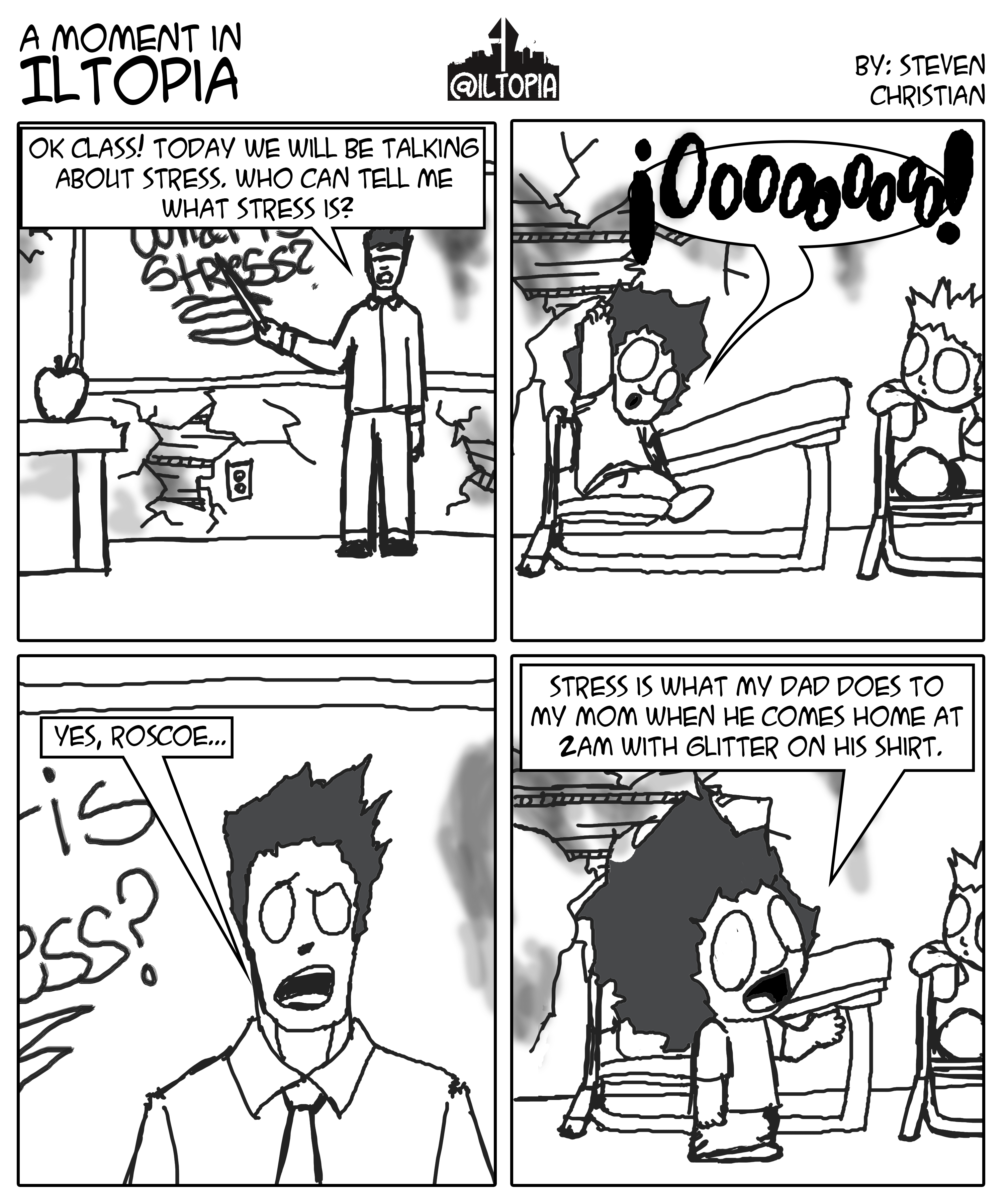Recreation center to replace PCAT
The new student recreation center, narrowly approved by students in the spring elections, is now slated for construction at the present Portland Center for Advanced Technology (PCAT) site rather than at a previously advocated location near the Helen Gordon Center.
OPSIS architectural firm of Portland has been selected to provide architectural studies for the PCAT location. Mike Irish, director of facilities, signed a contract with the firm last week.
Irish was to meet with James Meyer, partner in OPSIS, late Monday to lay out the groundwork for the new configuration. The decision to build the recreation center at the PCAT location was decided by student and administration conferring together.
Placing the recreation center at the PCAT site represents a major change in location as well as in concept. Irish said Monday that in addition to a recreation center, the new center will eventually house all PSU administrative offices.
This represents a significant revision of the previously proposed facility. After extended architectural studies, students, led by student body president Christy Harper, had chosen to locate the recreation center on a full block at Southwest Market Street between Southwest 11th and 12th avenues. That location had some disadvantages. It would have involved moving the Honors Building and tearing down another unused building.
The facility originally envisioned such possibilities as student group offices, a meeting space, a three-court gym, a running track, a floor for floor hockey and soccer, a fitness facility, swimming pools and new locker rooms. The project would have included five floors of housing atop the recreational section. This portion would have been paid for by the administration, not by the students. The housing concept is out, Irish said, and the administrative offices concept is in.
Meyer described the OPSIS assignment, as he saw it, prior to his Monday meeting with Irish.
“We are going to sit down with the university and perform a pre-design analysis,” he said. “We will plan the general scope of what would be part of the center.” This would include the recreation center, administrative offices and retail spaces. Much of the work will involve what he called “getting schedules together, how you build on this site.”
“The PCAT is the ideal place to put the new center,” Irish said. He cited the high visibility of the location and its accessibility to the central buildings of the campus as two advantages. The PCAT building fronts on Southwest Sixth Avenue and occupies the entire block between Southwest Montgomery and Harrison streets.
When the PCAT building will be torn down depends on the 2005 state legislature, Irish said.
“If the legislature buys in, the building will go down next summer,” Irish said.
The proposed center has the goal of becoming a state-of-the-art recreational facility.
Previous projections have seen the new center opening in 2007. However, moving to the PCAT location may affect that opening date since there is no assured timetable for bringing the PCAT down.
In the student elections last spring, the recreation center proposal passed by a mere 12 votes. A total of 912 students voted for it, 900 voted against it and 187 voters decided not to vote on the proposal.
Chief opposition came from the students who objected to the fact that they potentially would be paying into a special building fee to support the construction of the center, but the center would not become a reality until after they had graduated. Up until now, no such fee to support the new center has been assessed.
Much of the drive to build such a center came from the growth of the university over the years. The present recreational facility, the Peter Stott Center, was designed for a much smaller student body. As a result, facilities have become overcrowded and opportunities for recreation have become limited severely by space limitations.
OPSIS Architecture LLP is an award-winning architectural design firm founded in 1999. It lists a current staff of 33, working on recreation, civic, higher education, multi-use and cultural arts facilities throughout the west. Its work emphasizes sustainable and community-based design. Meyer said the firm has a history of doing considerable university work.
The PSU administration has long wanted to replace the PCAT building with a more useful and attractive facility. Besides an appearance that clashes with other campus buildings, it represents an inefficient use of space. Much of the building’s interior consists of a large open space, sometimes called a loggia. The useful space in the present building consists of offices and classrooms placed around the perimeter of the interior.



